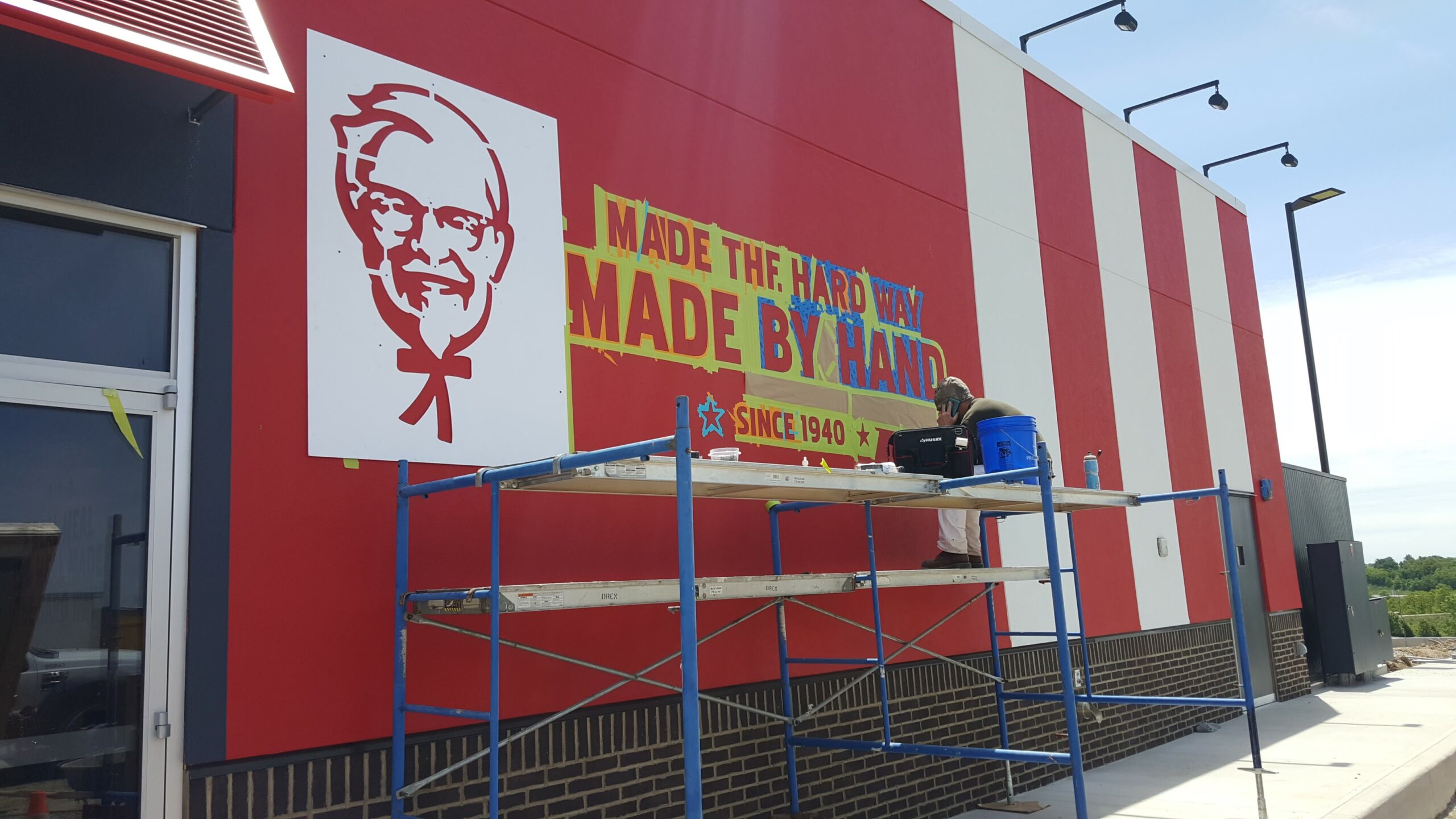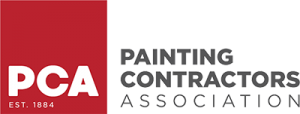Graffiti isn’t always art—and for business owners, it’s rarely welcome. Every year, U.S. commercial properties spend over $12 billion combating unwanted graffiti. In high-traffic urban areas, the problem is magnified. Tagging isn’t just a nuisance—it’s a reputational and operational cost.
While pressure washing and touch-ups can provide a short-term fix, smart business owners know prevention is cheaper than cleanup. That’s where anti-graffiti coatings come in.
This guide outlines seven proven anti-graffiti paint options ideal for storefronts, along with product comparisons, application tips, and long-term strategies to reduce graffiti-related costs. Whether you’re managing a retail chain, leasing a corner shop, or overseeing commercial complexes—this blog has what you need to take back your walls.
Graffiti’s Hidden Costs
Financial Damage
Cleaning graffiti ranges from $3–$10 per square foot, depending on the surface. For a storefront with a 300 sq. ft. facade, that’s $900 to $3,000 per incident.
Other costs include:
-
Repainting and priming
-
Delayed business hours due to drying times
-
Insurance increases from repeated claims
-
City fines for delayed cleanup (e.g., NYC charges up to $1,000)
Lost Business and Perception
A vandalized storefront communicates neglect. In a 2024 retail survey:
“73% of consumers said they were less likely to enter a business with graffiti on the exterior.”
This is especially damaging for:
-
Luxury boutiques: Clean aesthetics = brand value
-
Franchise operations: Brand consistency is non-negotiable
-
Healthcare and banking: Trust is everything
Operational Setbacks
Emergency cleanups interrupt store operations. Multiple incidents can exhaust your team and discourage maintenance. Over time, some landlords let graffiti accumulate—inviting further vandalism and devaluing the property.
What Makes Paint “Anti-Graffiti”?
Definition and Function
Anti-graffiti paint is a protective coating that prevents paint, ink, and adhesives from bonding permanently to the surface. It either resists adhesion, enables easy cleaning, or both.
There are three key types:
-
Sacrificial: Coating is removed during graffiti cleanup
-
Non-sacrificial (Permanent): Long-term barrier with multiple cleanings
-
Integrated Paint: Graffiti resistance is embedded in the paint film itself
Resistance Table
| Graffiti Material | Resistance Level |
|---|---|
| Spray Paint | ✅ High |
| Permanent Marker | ✅ High |
| Posters/Stickers | ✅ (with adhesive-resistant coatings) |
| Ink Pen | ⚠️ Moderate |
Compatible Surfaces
Anti-graffiti coatings are formulated for:
-
Unpainted masonry (brick, concrete, stucco)
-
Painted wood trim
-
Powder-coated or painted metal siding
-
Steel security shutters
-
PVC signage and columns
Note: For glass, consider anti-graffiti window films instead of paint-based solutions.
7 Anti-Graffiti Paints That Work
Here’s a closer look at seven proven anti-graffiti coatings, each with specific surface compatibility, resistance performance, and maintenance requirements.
Sherwin-Williams Anti-Graffiti Coating (Water-Based, Sacrificial)
Type: Sacrificial
Finish: Clear matte
Best for: Brick, stone, unpainted concrete
Removal: Hot water or pressure wash
Pros:
-
Cost-effective
-
Low-VOC, safe for historic properties
-
No solvent needed
Cons:
-
Must be reapplied after every incident
-
Not suitable for high-graffiti zones
Valspar Anti-Graffiti Clear Coat (Non-Sacrificial)
Type: Permanent
Finish: Gloss and satin
Best for: Previously painted metal, wood, masonry
Resistance: Spray paint, ink, markers, adhesives
Pros:
-
Withstands multiple cleanings
-
5+ years of durability
-
High chemical and UV resistance
Cons:
-
Two-part system = professional application recommended
-
Higher upfront cost
PPG Break-Through! Clear Graffiti Coating
Type: Permanent
Best for: Painted metals, stucco, concrete
Drying Time: Fast-curing (under 1 hour)
Pros:
-
Washable with soap and water
-
Non-yellowing formula
-
VOC-compliant
Cons:
-
May need priming on porous surfaces
-
Limited finish options
Behr Multi-Surface Stain-Blocking Paint & Primer (Integrated)
Type: Embedded resistance
Best for: Repainting entire walls (interior/exterior)
Finish: Satin, Semi-gloss
Pros:
-
Paint + protection in one step
-
Good for concrete, wood, or stucco
-
Budget-friendly for full repaints
Cons:
-
Not as resistant as top-tier clear coats
-
Only effective on fresh surfaces
Dulux Precision Anti-Graffiti Coating (Semi-Sacrificial)
Type: Semi-Sacrificial
Best for: Alleyways, side walls
Application: Brush, roller, or sprayer
Pros:
-
Flexible film withstands 3–5 cleanings
-
Works well with biodegradable graffiti removers
-
Cost-effective in mid-risk zones
Cons:
-
Requires recoating after several cleanings
-
Less glossy = slightly harder to clean
Rainguard VandlGuard Original
Type: Permanent
Best for: Porous concrete, stucco
Formula: Silane/siloxane water-based blend
Pros:
-
Breathable and UV-resistant
-
Protects without changing surface color
-
Up to 10 years performance
Cons:
-
Needs multiple coats
-
Not suited for glass or metal
Benjamin Moore Ultra Spec SCUFF-X + Clear Topcoat
Type: Embedded + optional clear top
Best for: Painted doors, interiors, wood trim
Unique Feature: Scuff-resistant and graffiti-resistant
Pros:
-
Dual purpose: vandalism + wear and tear
-
Great for storefront interiors and side doors
-
Can be combined with SCUFF-X Clear Coat for better durability
Cons:
-
Not suited for unpainted masonry
-
Requires base paint + clear coat combo for best results
Selecting the Right Coating
Surface-Specific Recommendations
| Surface Type | Ideal Coating Type |
|---|---|
| Raw Masonry (brick) | Sherwin-Williams (sacrificial) or Rainguard |
| Painted Metal Door | Valspar or PPG (non-sacrificial) |
| Wood Trim | Dulux (semi-sacrificial) + primer |
| Entire Wall Repaint | Behr Multi-Surface (integrated) |
| High-Risk Urban Facade | Valspar or Benjamin Moore SCUFF-X system |
Budget, Risk, and Exposure
-
High-Risk Zones (alleys, transit stops): Use non-sacrificial or dual-coat systems.
-
Occasional Tagging: Semi-sacrificial coatings are more cost-efficient.
-
Historic Storefronts: Choose low-VOC sacrificial coatings to comply with regulations.
Application & Maintenance Tips
Prep Is Non-Negotiable
-
Clean and dry surfaces completely (48+ hrs for masonry)
-
Strip old coatings if incompatible
-
Fill cracks and seal porous material to ensure coating adhesion
Weather Considerations
-
Ideal: 55–80°F, dry conditions
-
Avoid: Application under direct sun or rain within 24 hours
When to Hire Pros
DIY can work—but hiring professionals ensures:
-
Proper surface testing
-
Manufacturer-recommended primer and sealer use
-
VOC compliance for your district
Maintenance Schedule
-
Inspect every 3 months
-
Remove graffiti within 24–48 hours to prevent copycats
-
Use manufacturer-recommended cleaners or mild solvents
-
Recoat sacrificial films as needed (log usage frequency)
Documentation
Keep a log:
-
Product name
-
Application date
-
Coating system used
-
Contractor/vendor contact
City inspectors may require proof for compliance or funding eligibility.
Smart Long-Term Protection
Combine Coatings With Deterrents
-
Motion-activated lights
-
Security cameras
-
Textured or muraled walls
-
Graffiti-resistant glass films
Maintenance Bundles
-
Combine graffiti protection with seasonal painting contracts
-
Have professionals reinspect coating every 6–12 months
-
Write graffiti clauses into tenant improvement agreements
A Smart Investment in Prevention
You don’t have to repaint every time a tagger strikes. With graffiti-resistant paint systems, you reclaim control—protecting your image, minimizing costs, and creating a storefront that says “we care.”
Whether you run a boutique, franchise, or commercial property, there’s a coating system suited for your location, risk level, and budget.





